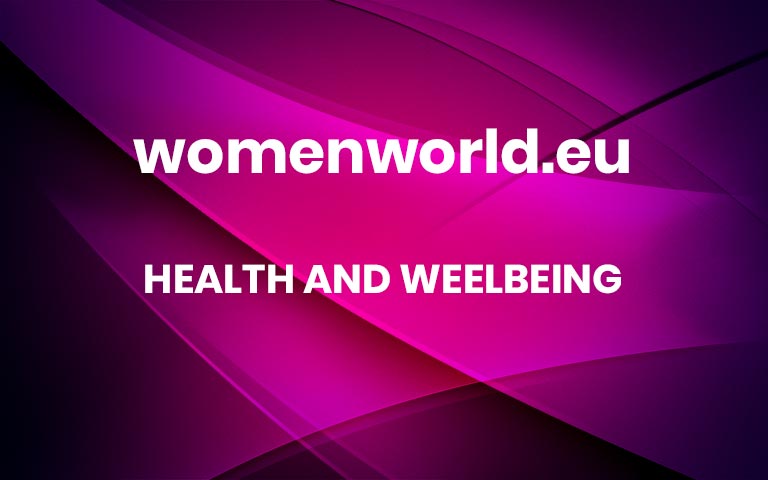5 Tips To Prevent Stained Teeth & Brighten Your Smile
Let’s be honest: our efforts to prevent stained teeth and brighten our smile are thwarted by other priorities. Mornings without coffee feel incomplete, and a good weekend just isn’t the same without a glass of wine (or two). Whether you’re sipping your frothy cappuccino during a quick Zoom meeting or clinking glasses of Merlot at a braai, there’s no denying: South African women know how to enjoy the little pleasures in life.
But what do your favourite beverages have in common – aside from being utterly delicious? Unfortunately, they’re both notorious for staining your teeth. That perfect selfie smile can start to look a little less sparkling over time, even if your oral hygiene is on otherwise point. Don’t worry – you don’t have to give up your morning fix or weekend unwind to keep your teeth white. With a few smart tweaks from dental surgeon Dr Ockert Bekker, you can enjoy the best of both worlds: prevent stained teeth *and* have our coffee.
How Teeth Get Stained
Coffee and wine both contain something called chromogens – compounds with strong pigments that easily cling to your tooth enamel. Red wine also packs tannins, which help those stains latch on even better. And while coffee may seem harmless in its milky latte form, it’s acidic, which can weaken enamel and make your teeth more porous over time – prime territory for discolouration.
It’s not just reds (or coffee hues) that are sneaky culprits. White wine, though lighter in colour, is highly acidic too, which means it preps your enamel to absorb pigments from whatever else you eat or drink after that glass. So, if you’re pairing your Chenin with strawberries or a rich tomato pasta… yep, more staining potential!
READ MORE: The Surprising Way Your Menstrual Cycle Affects Your Smile
How To Prevent Stained Teeth – And Whiten Your Smile
The good news? You don’t need to switch to herbal tea and sparkling water (unless you want to, of course). Here are a few low-effort, high-impact tips to help keep your smile bright:
Rinse, Don’t Rush
After your last sip of coffee or wine, try rinsing your mouth with water before brushing. This helps neutralise the acid and reduce the staining effect. Brushing immediately after drinking acidic beverages can actually do more harm than good, as your enamel is temporarily softened.
Use a Straw
Yes, for that beloved iced coffee: a straw can help bypass your front teeth and limit the staining contact. Ditto for wine (although you may invite questions).
Chew on Crunchy Snacks
Raw fruits and veggies like apples, cucumber, celery and carrots help naturally scrub your teeth and boost saliva, which acts like your mouth’s own cleaning agent. Keep a stash of crunchy snacks nearby – your teeth (and your gut) will thank you.
READ MORE: 5 TikTok Teeth Trends A Dental Surgeon Says You Should Skip
Upgrade Your Toothpaste
Opt for a whitening toothpaste that’s enamel-safe and ideally contains fluoride. Just make sure it’s not too abrasive – look for one approved by the SA Dental Association (SADA) or your dentist.
See Your Dentist Regularly
No surprises here! A professional clean twice a year helps remove surface stains and keeps your teeth healthy. And if you’re keen for a whitening boost, your dentist can recommend safe, effective options that won’t damage your enamel. At Bekker Dental & Aesthetics, we make use of the renowned Philips Zoom Whitening Treatment for our in-chair procedure and our take-home kit.
Embrace the Balance
Life’s too short not to enjoy your favourite drinks. But it’s also too short to hide your smile in photos or feel self-conscious every time someone says, “Say cheese!” With just a few tweaks to your daily routine, you can enjoy your coffee dates and wine nights and keep your pearly whites looking their best.
READ MORE: 9 Useful Self-Care Apps For Wellness To Download Now
By Dr Ockert Bekker, Founder and Dental Surgeon at Bekker Dental & Aesthetics
About Dr Bekker
Founder and Dental Surgeon at Bekker Dental & Aesthetics
Dr. Ockert Bekker is a highly accomplished dental professional known for his passion and dedication to excellence in patient care and advanced dentistry. He holds a BChD from the University of the Western Cape (UWC), along with multiple postgraduate diplomas in Endodontic and Aesthetic Dentistry. His pursuit of continuous learning led him to complete an Implant Fellowship at New York University (NYU) and an Orthodontic Aligner Fellowship, further enhancing his ability to offer cutting-edge dental solutions.
Dr. Bekker prides himself on staying at the forefront of modern dentistry, embracing a holistic approach to dental care that combines technical expertise with a patient-centred philosophy. His practice, Bekker Dental & Aesthetics, with branches in Durbanville and Paarl, is equipped with the latest technology to ensure personalised treatments that prioritise long-term oral health and aesthetic excellence.
Renowned for going the extra mile, Dr. Bekker and his extensive team create a welcoming environment where patient comfort is paramount. Whether enhancing smiles with aesthetic treatments or restoring function through complex procedures, they deliver results that are as beautiful as they are lasting. More


